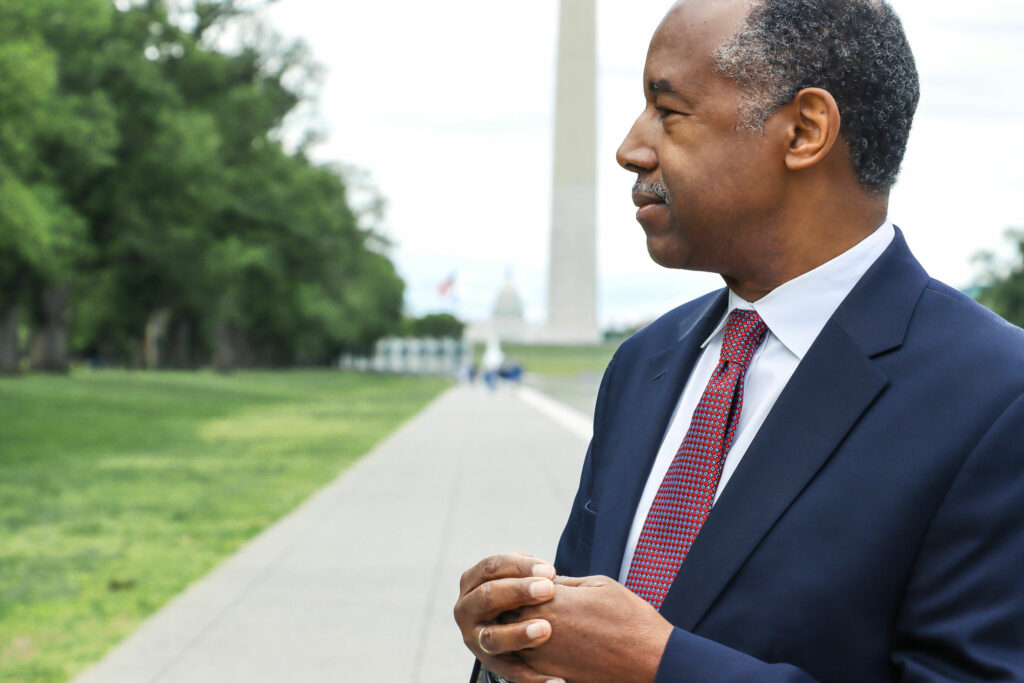 The Federal Deposit Insurance Corp (FDIC) is an independent agency created by Congress in 1933 during the Great Depression to maintain stability and public confidence in the nation’s financial system. The FDIC insures deposits, examines, and supervises financial institutions for safety, soundness, and consumer protection, makes large and complex financial institutions resolvable, and manages receiverships, among other things.
The Federal Deposit Insurance Corp (FDIC) is an independent agency created by Congress in 1933 during the Great Depression to maintain stability and public confidence in the nation’s financial system. The FDIC insures deposits, examines, and supervises financial institutions for safety, soundness, and consumer protection, makes large and complex financial institutions resolvable, and manages receiverships, among other things.Essentially, the FDIC is the government entity that guarantees that a customer’s deposits in a bank are safe. The FDIC’s “standard limit” is $250,000, which means any funds you have in the bank are guaranteed by the federal government up to $250,000 should anything happen. The cap used to be $100,000 but was raised after the 2008 financial crisis.
After the recent collapse of Silicon Valley Bank and Signature Bank, the FDIC determined that a “systemic risk exception” applied and reimbursed all customers, including those whose deposits exceeded the $250,000 limit, in an attempt to prevent further contagion to the banking system. Much like in 2008, the federal government used the justification of “too big to fail” to go around the $250,000 per depositor limit and fully back all deposits.
This sounds good in theory: everyone is protected if a bank goes under. In light of this recent panic, like most entitlement programs and government backed safety nets, Democrats are saying the FDIC doesn’t go far enough. Many on the left are proposing full backing by the FDIC.
But propping up banks who engage in risky behavior and sketchy practices — such as ESG investing — is a recipe for disaster. If banks know the government is going to be there to bail them out, what is stopping them from continuing to engage in practices that got them there in the first place?
This is what’s known as the “moral hazard” argument. A moral hazard is a scenario where one party engages in risky behavior because they know that they are shielded from the consequences of their behaviors — exactly like the FDIC is doing. In the case of banks, which means they will be more likely to take on riskier bets if they know they are more protected, raising the possibility of a repeat of the SVB and Signature Bank situation.
Democrats’ push for raising the FDIC standard limit is a deliberate attempt to water down the free-market principles our country was founded on and will only further incentivize risky financial decisions at the expense of the American taxpayer.
President Biden emphasized that taxpayers will not bear the brunt of these bailouts, but that is not a foregone conclusion. The extent of the damage is still unclear and if other banks will be required to help with these guarantees, the special assessment will presumably be passed onto the bank customer. The fact that SVB and Signature had 94% and 90% of their deposits respectively above the FDIC limit makes this a real possibility. Which is why, in addition to the moral hazard, we must ensure that banks are operating within rules that all consumers understand as well as why there should be deep analysis about whether FDIC limits are increased.
There is a balance to be struck, allowing protection for depositors to maintain faith and trust in the banking system while still protecting consumers from banks moral hazard. The $250,000 limit is appropriate for our current day in age, and the FDIC should not raise the cap and enable banks and individuals to make risky financial decisions in which they will not have to pay the consequences.
